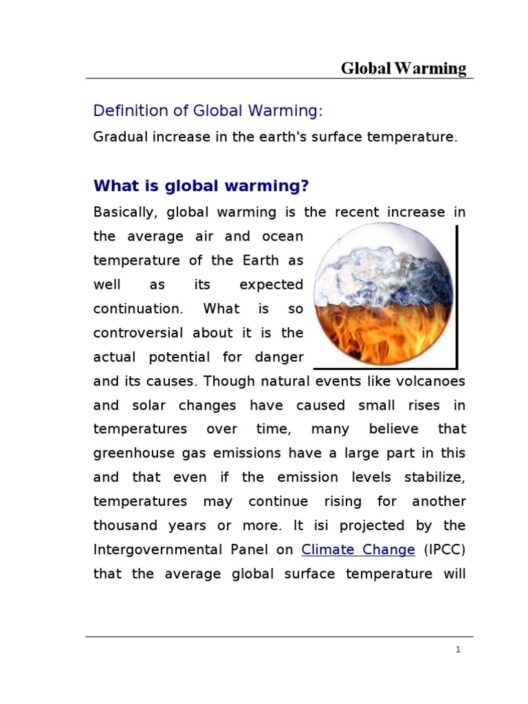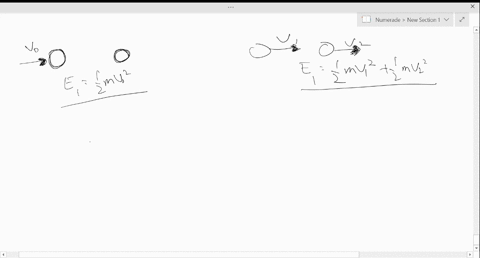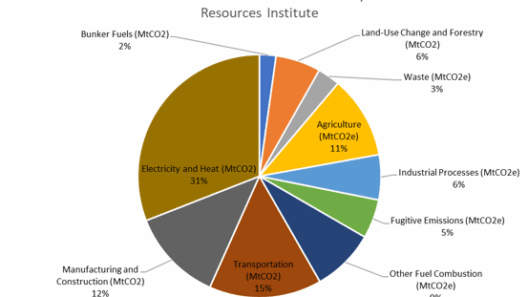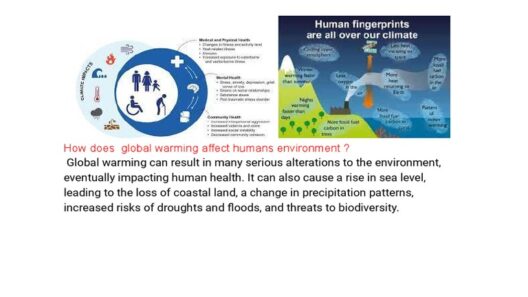When we think about global warming, images of rising temperatures, melting glaciers, and parched landscapes often come to mind. However, it might surprise some to learn that an increase in the planet’s average temperature could still lead to frigid weather phenomena. This paradox challenges our conventional understanding of climate change and intrigues anyone interested in the nuances of our climate system. So, is it possible for global warming to coexist with a cold snap? The answer is a resounding yes. This scenario presents a fascinating topic of discussion, as it poses a playful question: How can a warming planet give rise to chilling weather conditions?
To delve deeper, one must first comprehend the mechanics of climate systems. The Earth’s climate is a complex web of interactions between the atmosphere, oceans, ice, and land surfaces. One significant factor influencing these dynamics is the Arctic region, where climate change is unfolding at an alarming rate. As temperatures rise, the Arctic ice melts, leading to profound consequences not just locally, but also globally. This warming can disrupt traditional weather patterns, creating the precursors to unusual cold spells far outside the Arctic.
The disruption primarily arises from the jet stream—a ribbon of fast-moving air high in the atmosphere that separates cold Arctic air from warmer air from the south. In a stable climate, the jet stream tends to travel in a relatively straight path. However, as the Arctic warms, this stream begins to undulate more dramatically, creating a scenario where blasts of frigid air escape from the Arctic region and plunge southward, impacting areas that might typically be enjoying more temperate conditions. This leads to phenomena such as polar vortex events, which can wreak havoc on weather systems across extensive areas.
Consider the term “polar vortex.” This meteorological phenomenon describes a large area of low pressure and cold air surrounding the Earth’s poles. During winter months, the polar vortex can tighten, but sometimes it can weaken and split. When this happens, Arctic air can dive southwards, resulting in especially severe cold snaps in regions like the United States and parts of Europe. Therefore, while the overall trend points toward a warming planet, the oddities of local weather patterns can still yield days or even weeks of intense cold.
Moreover, these cold snaps can yield severe implications for habitats, agriculture, and ecosystems. Crops already stressed by changing climate conditions may suffer even more from unexpected frosts. Disrupted ecosystems can lead to further cascading effects, resulting in shifts in species distributions and unintended consequences for predator-prey relationships. Such changes make it apparent that understanding the interplay between global warming and extreme weather is imperative for effective climate policy and adaptive strategies.
Interestingly, the precise mechanisms driving these phenomena are still an area of active research. Scientists are working diligently to uncover the layers of interaction between warming temperatures and their influences on weather extremes. For instance, researchers have noted that as sea ice decreases, more heat is absorbed by the ocean rather than reflected back into space, leading to shifts in oceanic patterns. This added warmth can disrupt long-established currents and further disturb global weather systems, culminating in the very cold spells that leave many scratching their heads in confusion.
The complexities of climate dynamics pose significant challenges. The interplay between local variables and global phenomena makes it critical for communities to adapt how they prepare for, respond to, and mitigate against extreme weather events. Enhanced forecasts, improved infrastructure, and community awareness are all vital components in building resilience against these unexpected weather extremes. Local governments must adopt forward-thinking measures that account for potential cold snaps amidst the broader context of global warming.
This situation compels us to expand our perspective on climate change. It is no longer adequate to perceive warming as a linear progression toward a uniformly warmer world. Instead, this reality embodies a deeper complexity, blending occurrences of heat with the surprising resurgence of cold. The paradox of cold amidst global warming ultimately serves as a reminder that our atmosphere refuses to adhere to straightforward narratives and calls for admiration of its intricate systems.
Moreover, addressing climate change requires collective action. Individual choices play a crucial role in influencing the trajectory of our climate future. While it may seem abstract, simple actions like reducing energy consumption, advocating for clean energy policies, and supporting local sustainability initiatives can collectively lead to lasting impacts. It’s essential to cultivate awareness and engage in conversations around how warming can sometimes coincide with chilly surprises—a paradox that challenges not only our scientific understanding but our personal engagements with climate issues.
On a collaborative front, the scientific community, policymakers, and educators must engage in extensive dialogue to demystify climate science. The multifaceted nature of climate change—evident in instances of both drought and blizzards—demands a lexicon that can capture these complexities. Building a society nimble enough to respond to unexpected weather patterns can only be achieved through education, outreach, and policy that prioritize scientific understanding. Only then can we approach resilience against the backdrop of climate change, navigating its paradoxes with informed action.
In conclusion, while it may seem paradoxical, the conjunction of a warming planet and unexpected cold snaps underscores the urgency of understanding climate processes comprehensively. By embracing this complexity and taking proactive steps, society can equip itself to tackle the myriad challenges presented by climate change. It invites all of us to ponder the interconnectedness of atmospheric phenomena and considers how we can each contribute to a sustainable future in the throes of climatic uncertainty.







